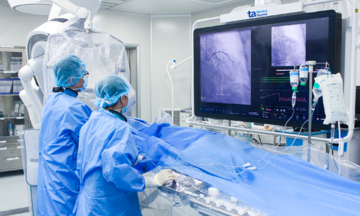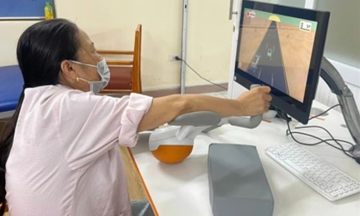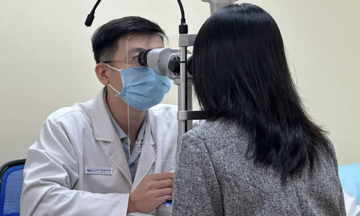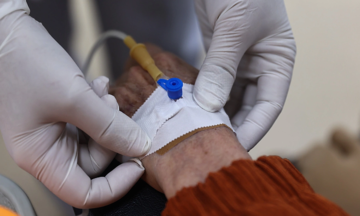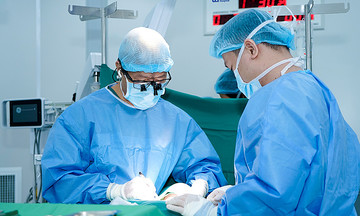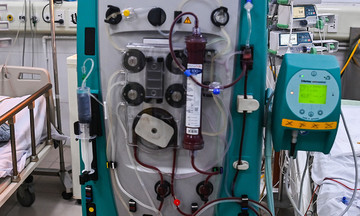Magnesium regulates calcium and vitamin D levels in the body, improving bone density and crystal formation. It also reduces the risk of osteoporosis in postmenopausal women. Good sources of magnesium include leafy greens (kale, spinach, okra), seeds (sesame, chia), legumes, and avocados.
Adequate phosphorus intake is crucial for bone formation during growth. Low serum phosphorus levels can hinder bone formation and mineralization, a sign of malnutrition. Phosphorus-rich foods include soybeans, fish, meat, milk, eggs, legumes, and whole grains.
Zinc is essential for numerous biological functions, including cell development and replication, immune function, collagen synthesis, and brain development. This nutrient builds and protects bones by supporting protein synthesis and increasing bone density. Sources of zinc include shellfish, beef, pork, nuts, legumes, whole grains, and yogurt.
Vitamin B12 is essential for DNA synthesis and stimulates osteoblast activity (bone-forming cells). Other B vitamins related to B12 in metabolic processes include folate and vitamin B6.
Protein intake can positively affect bone health by promoting calcium absorption and increasing insulin secretion.
Vitamin A improves vision, maintains nerve function, ensures healthy skin, and is crucial for bone health. It affects osteoblasts and osteoclasts, improving bone and teeth strength. Vitamin A-rich foods include sweet potatoes, beef liver, spinach, carrots, cantaloupe, mangoes, and eggs.
Vitamin D is one of the most important vitamins for maintaining health and is essential for calcium absorption in the gut. It also helps increase bone density and maintain bone health. To boost vitamin D levels, consume fatty fish (swordfish, salmon, sardines, mackerel), fortified foods (milk, cereals), and egg yolks. Spending time in sunlight also allows the body to synthesize this vitamin.
A powerful antioxidant found in fruits and vegetables, vitamin C reduces oxidative stress and participates in collagen synthesis, a major protein that forms the framework of bones and cartilage. It also protects bone cells from damage, supports iron absorption, increases bone density, and reduces the risk of osteoporosis.
Le Nguyen (According to Hindustan Times)
| Readers can submit their nutrition questions here for expert answers. |



